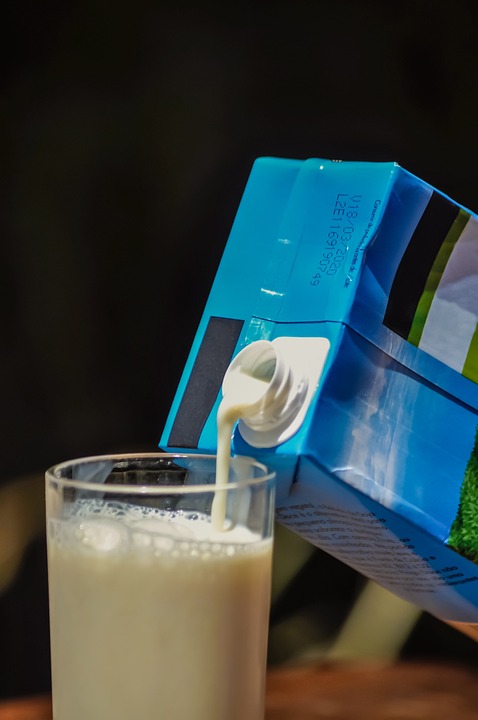Sustainability and Waste Recovery in Lactose Production
The dairy industry plays a significant role in the global economy, with products such as milk, cheese, and yogurt being staples in many diets. Lactose, a sugar found in milk, is also a valuable product that is used in a variety of food and pharmaceutical applications. However, the production of lactose can generate waste and have a negative impact on the environment if not managed properly. In this report, we will explore how sustainability and waste recovery can be implemented in lactose production to minimize environmental impact and improve overall efficiency.
Sustainable Practices in Lactose Production
Sustainability in lactose production involves reducing the environmental footprint of the process, minimizing waste generation, and promoting the efficient use of resources. One way to achieve this is by implementing energy-efficient practices, such as using renewable energy sources like solar or wind power to reduce carbon emissions. Additionally, water usage can be optimized by implementing recycling and reuse systems to minimize water waste.
Another important aspect of sustainability in lactose production is the responsible sourcing of raw materials. By working with dairy farmers who practice sustainable farming methods, companies can ensure that the milk used in the production of lactose is produced in an environmentally friendly manner. This can include practices such as organic farming, pasture-based systems, and animal welfare standards.
Waste Recovery in Lactose Production
Waste recovery in lactose production involves finding ways to repurpose waste materials generated during the manufacturing process. One common waste product in lactose production is whey, which is a byproduct of cheese making. Whey contains valuable nutrients and can be used in the production of other products such as protein powders, beverages, and animal feed.
Additionally, the wastewater generated during lactose production can be treated and reused in other processes or for irrigation purposes. By implementing waste recovery systems, companies can reduce their environmental impact and create additional revenue streams from the sale of byproducts.
Industry Insights and Financial Data
The global lactose market is expected to grow at a CAGR of 3.5% from 2021 to 2026, driven by increasing demand for lactose in the food and pharmaceutical industries. The market is highly competitive, with key players such as Arla Foods, Lactalis Ingredients, and Hilmar Ingredients dominating the market.
In terms of financial data, the global lactose market was valued at $1.2 billion in 2020 and is projected to reach $1.6 billion by 2026. The growing demand for lactose in infant formula, sports nutrition, and pharmaceutical applications is expected to drive market growth in the coming years.
Conclusion
In conclusion, sustainability and waste recovery are crucial aspects of lactose production that can help companies minimize their environmental impact and improve overall efficiency. By implementing energy-efficient practices, responsible sourcing of raw materials, and waste recovery systems, companies can reduce waste generation, lower carbon emissions, and create additional revenue streams from byproducts. With the global lactose market expected to continue growing, it is essential for companies in the industry to prioritize sustainability and waste recovery to remain competitive and meet consumer demands for environmentally friendly products.




